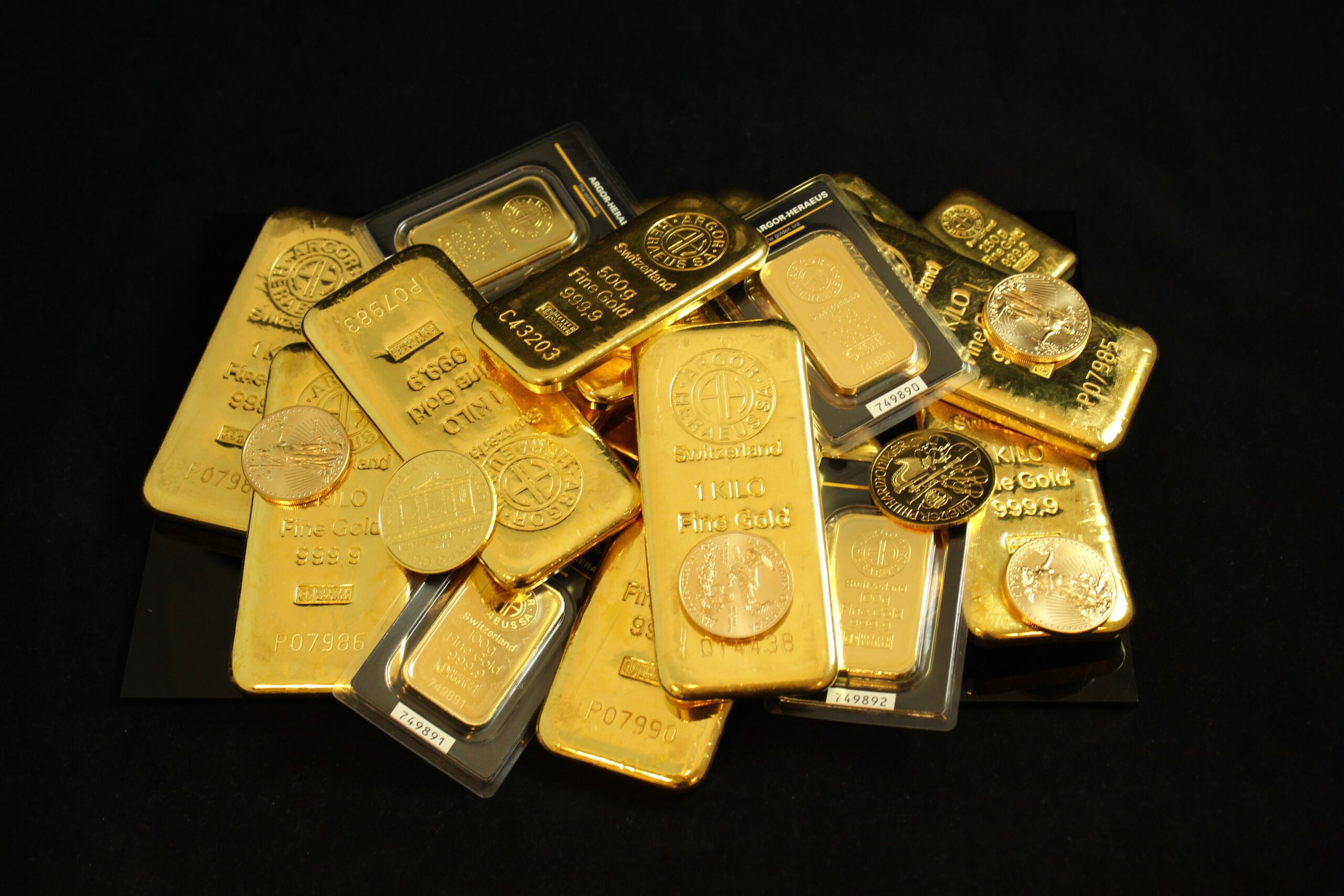
Central banks played a pivotal role in driving up gold demand, with significant net purchases throughout the quarter. Despite some selling activity, particularly by the Central Bank of Turkey, which shifted from being a major buyer to a seller due to domestic economic conditions, the overall trend in central bank gold accumulation remained positive. Other notable buyers included the People's Bank of China and the Monetary Authority of Singapore, which continued to add to their gold reserves.
Investment in gold bars and coins saw a 3% year-on-year increase, maintaining the levels observed in the previous quarter. This steady demand was fueled by a combination of factors, including economic uncertainties and a desire for safe-haven assets. However, gold ETFs witnessed outflows, with global holdings decreasing by 114 tonnes, primarily driven by North American and European funds, though this was somewhat offset by inflows into Asian-listed products.
The technology sector's demand for gold also showed a remarkable recovery, growing by 10% year-on-year. This uptick was driven by the booming AI industry and its applications in electronics, which significantly boosted gold consumption.
Jewellery demand remained resilient despite the high prices, with only a slight decline of 2% compared to the previous year. This stability was largely supported by strong demand in Asia, which counterbalanced reductions in Europe and North America.
On the supply side, mine production reached a record first quarter, increasing by 4% year-on-year to 893 tonnes. Additionally, gold recycling rose by 12%, the highest level since the third quarter of 2020, as higher prices motivated more people to sell their old jewellery.
The World Gold Council's report highlights that the global gold market continues to be influenced by a mix of geopolitical risks, economic uncertainties, and evolving market dynamics. Despite traditional headwinds such as a strong US dollar and higher interest rates, the demand for gold as a strategic asset remains robust. The ongoing interest from central banks, steady investment in bars and coins, and the rising demand from the technology sector are all contributing to this upward trend.
As we look ahead, the gold market is expected to maintain its strength, with potential for further increases in demand, particularly if economic and geopolitical uncertainties persist. The World Gold Council remains optimistic about the future performance of gold, given its role as a safe-haven asset and its importance in diverse investment portfolios.
This report underscores the multifaceted nature of the gold market, driven by a combination of investment, technological advancements, and central bank activities, all of which contribute to the global demand for this precious metal.
Topics
Markets
